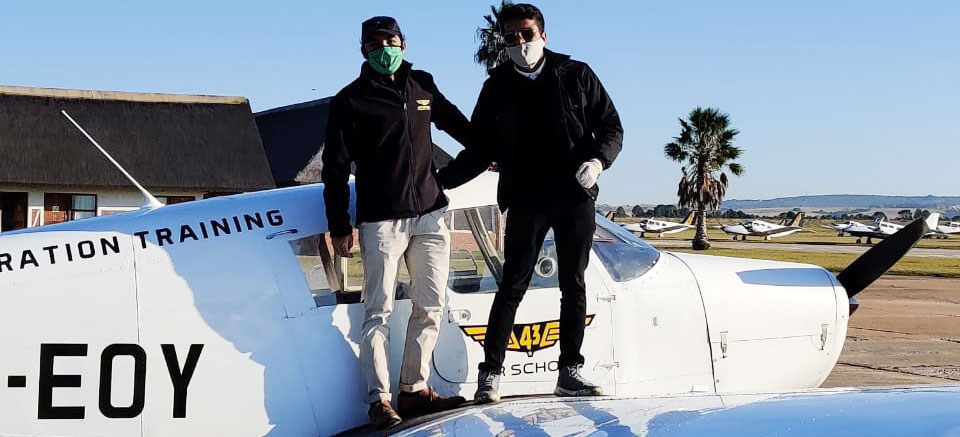
A few hundred feet up in the sky, as the earth flattens out beneath, a breath-taking view that lures one away. They are on the go..
As our cadets continue their flight training… here they are sharing some memorable moments along the journey. Solo flight is one such euphoric experience that takes them a step closer to realising their dreams. Giving them wings, the confidence to do better & bigger things.
Congratulations to all our cadets on achieving this big milestone, first of the many successes..
Happy Soloing!
Lakshika Dembla
Cadet Name: Lakshika DemblaBatch Name: TigersBatch No.: 2001AFirst Solo Flight Date: 27th July, 202
Read More
Huda Masoor
Cadet Name: Huda MasoorBatch Name: SpitfiresBatch No.: 1910First Solo Flight Date: 28th July, 2020
Read More
Rangala Tejeswar Reddy
Cadet Name: Rangala Tejeswar ReddyBatch Name: SpitfiresBatch No.: 1910First Solo Flight Date: 17th August, 2020
Read More


























